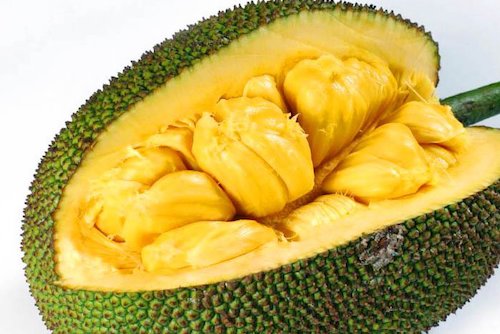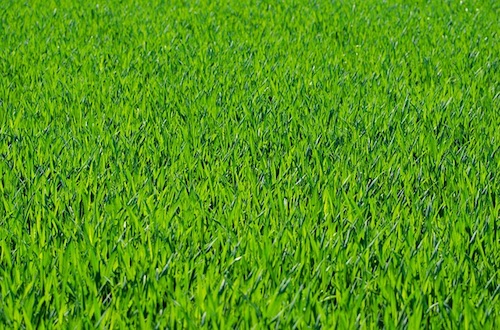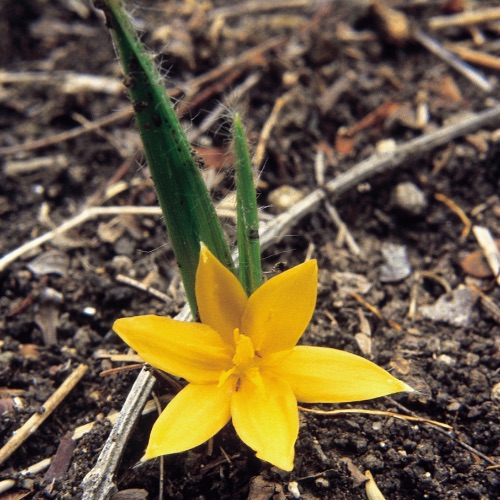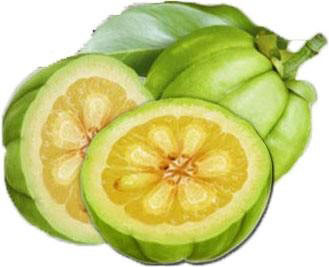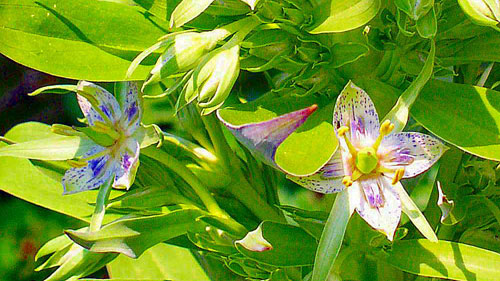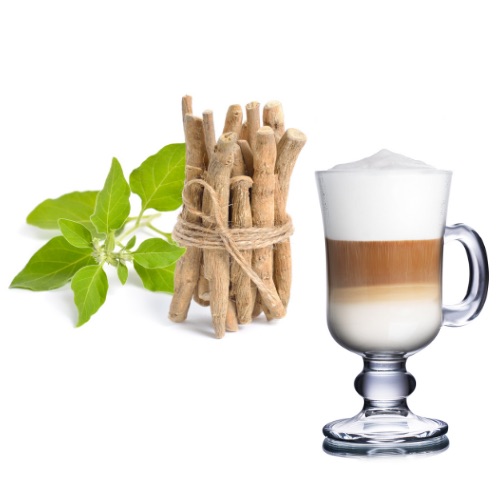Ginger is used in ayurvedic treatment in two forms. They are Dry (shunti) and Raw (Ardraka) forms. According to ayurvedic principles benefits and uses of both forms are different.
Related article
Natural Ayurvedic Remedies for Diabetes
15 Indian Foods for Erectile Dysfunction and Premature Ejaculation
Helps in the Management of Cholesterol
It is praised as a heart-healthy (hrudya) herb. Various studies have shown that this herb can lower total cholesterol and triglyceride levels. It can reduce LDL cholesterol levels and boost HDL cholesterol. This prevents the clogging of arteries and improves the blood supply to the heart. It nourishes all 7 dhatu (tissues) and boosts immunity.
Adding grated ginger to salads, fruit juices, and vegetable juices is a healthy heart-friendly way to use this herb.
Improves Digestion and a good detox
Fresh juice extracted from this spice, may cause constipation and exaggerate symptoms of piles or hemorrhoids. But when it is mixed with jaggery it helps to relieve constipation, and stomach discomfort and forms soft stools.
It increases appetite and digestion power (Agni). Hence this herb is recommended for indigestion. Consumption of this herb helps to remove the coat on the tongue, improves taste, reduces nausea, stops hiccups, and relieves gas and bloating. This is used as the best liver detox.
This herb is very commonly used in almost all common diseases of the digestive system. Indigestion, flatulence, bloating, nausea, vomiting, stomach colic, and hemorrhoids are treated with this herb. Chewing a piece of this herb smeared with powdered rock salt (sendha namak), before meals aid digestion and prevent other problems of the digestive system.
The best remedy for cough, cold, and bronchitis
This spice is widely used in the treatment of chronic colds, coughs, bronchitis, and asthma. Its anti-inflammatory property helps in the management of vocal chord health and improves voice in singers and speakers.
This herb is very helpful in common colds, coughs, and sore throats. Mix an equal quantity of fresh ginger juice and honey. Add half the quantity of Indian Borage (ajwain Leaves) juice and a little dab of salt to this. Keep half spoon of this mix on the tongue and allow it to slowly get down through your throat. This relieves cough and sore throat. It boosts body immunity and helps the body to fight common infections and allergies.
Helps in Weight Loss and Diabetes
Nagara is another name coined by Ayurveda acharyas for this wonderful herb. Since this spice balances vata and kapha it has a direct effect on meda or body fat. Dry form of this herb which is also called shunti is very effective in obesity management. It improves metabolism and increases the sensitivity of cells to insulin. This helps in controlling blood sugar level fluctuations. Hence this is highly recommended by ayurveda acharyas to include in the ayurvedic weight loss diet and ayurvedic diet for Diabetes.
Helps in PCOS
Due to its weight loss and lowering blood sugar level properties, this spice can be included while addressing PCOS/ PCOD or Polycystic Ovarian Disease.
Best way to use this herb in PCOS or PCOD is by adding it to regular tea, or using its julienne in salads and fruit platters.
Best Diet for Vajikarana Therapy
Just like Pippali (long Pepper) , Ginger even though it has a pungent taste and hot potency is considered a vajikarana herb and praised as Vrushya (aphrodisiac). It increases sperm count and improves libido. It is the best herbal ayurvedic remedy for erectile dysfunction and Premature ejaculation. Almost all preparations used in Vajikarana Therapy contain this herb.
Helps to Relieve Joint Pain
Based on the principles of Ayurveda this herb normalizes Kapha and Vata. Hence this herb is used in diseases in which Kapha and vata are prominent. Almost all diseases of vata are treated with this magic spice along with other herbs. It is very useful in rheumatoid arthritis. This herb exhibits anti-inflammatory qualities. Hence it is useful in joint pain, inflammation of muscles, and body pain. For a home remedy, this herb is ground into a fine paste and this paste is warmed in steam. This warm paste is applied to painful joints. The dry powder of this herb is mixed in warm sesame oil. This warm oil is massaged all over the body to relieve body pain.
Ayurveda medicinal properties
Ginger is a very well-known spice. It is used in almost all cuisines around the world. Texts of Ayurveda immensely price the medicinal properties of this herb. It is used in two forms- raw or dry. The raw form is called “Aardraka” and dried ones are called “Shunti”. It has a Botanical name– Zingiber officinale and belongs to Family-SCITAMINEAE
Chemical Composition
It contains- a-Curumene, B- D- Curcumene, B- Bourbornene, d-Borneal, Citral, D- Camphene, Citronellol, Geraniol, Gingerol,a-&b- Zingiberenes, Zingiberol, Zingerone, Gingerols, Paradol,Gingerone A, ginner glycolipids A,B &C;[6] Gingerdiol; Gingerone B& C etc.
(Reference: Illustrated Dravyaguna VIjnana, Vol. II, by Dr JLN Shastry)
It contains 584 picograms / gram of melatonin. (reference)
Ayurveda Health Benefits and Uses
Texts of Ayurveda describe the health benefits of this spice as follows
Fresh Ginger
This is known by different names in India like- in Hindi Adarakh (fresh),
Kannada – Hasi Shunti, Shunti,
Telugu – Alla, Allamu
Bengali – Ada
Marathi – Alla
Gujarati – Adu
Tamil – Inji
Punjabi – Adarak,
Malayalam – Inchi
Texts of Ayurveda refer to fresh varieties with the following names Ardraka (moist ), Moolaja (raises from roots), Ardra Shaka (moist stems) , Gulma moola (Knotty rhizomes),
Anupaja ( grows in moist places), Vishva Bheshaja (a universal medicine)
Action on Doshas
Aardraka is pungent to taste (katu rasa). It increases vata dosha . It is heavy to digest and increases body heat (ushna veerya) . It absorbs more water while getting metabolized, hence causing dryness (rooksha) inside the body. It tastes sweet (madhura vipaka) after digestion.
Fresh Ginger and Jaggery
Adraka is used in the treatment of rakta (blood) and pitta dosha disorders. When used with jaggery (guda) it normalizes Vata and Kapha. This combination helps to strengthen the body and increases appetite.
Dry Ginger
The dry form of this herb has different names in India
Hindi – Sont,
Kannada – Ona shunti,
Bengali – Shunt,
Telugu – Shonti,
Tamil – Shukku,
Malayalam – Chukka
Gujarati– sunt, soont
Marathi – sont
In ayurveda, it is known by the names Shunti, Mahaushadha, Vishva, Vishva Bheshaja, Nagara, Vishvaushadha, Shrungavera, Rahuchatra,
Difference Between Fresh and Dry forms
Precautions to be Taken While Using
- This herb should not be used for skin diseases, anemia, urine retention or burning micturition, skin rashes, wounds, or fever.
- The fresh form should not be used in summer and autumn.
- It can be used in small quantities during pregnancy and lactation
- Never use this in children below 1 year.
- Do not use this herb if you have a sensitive stomach
- While using fresh ginger tea add a pod of cardamom to counteract the hot potency. Otherwise, it may cause throat irritation and drying of the palate
(WhatsApp Dr.Savitha Suri @+ 91 6360108663/ to know more about ayurvedic treatments and remedies )
Author: Dr.Savitha Suri , Consultant Ayurvedic Physician
Call us at +91 9945995660 / +91 9448433911
Whats App + 91 6360108663/



